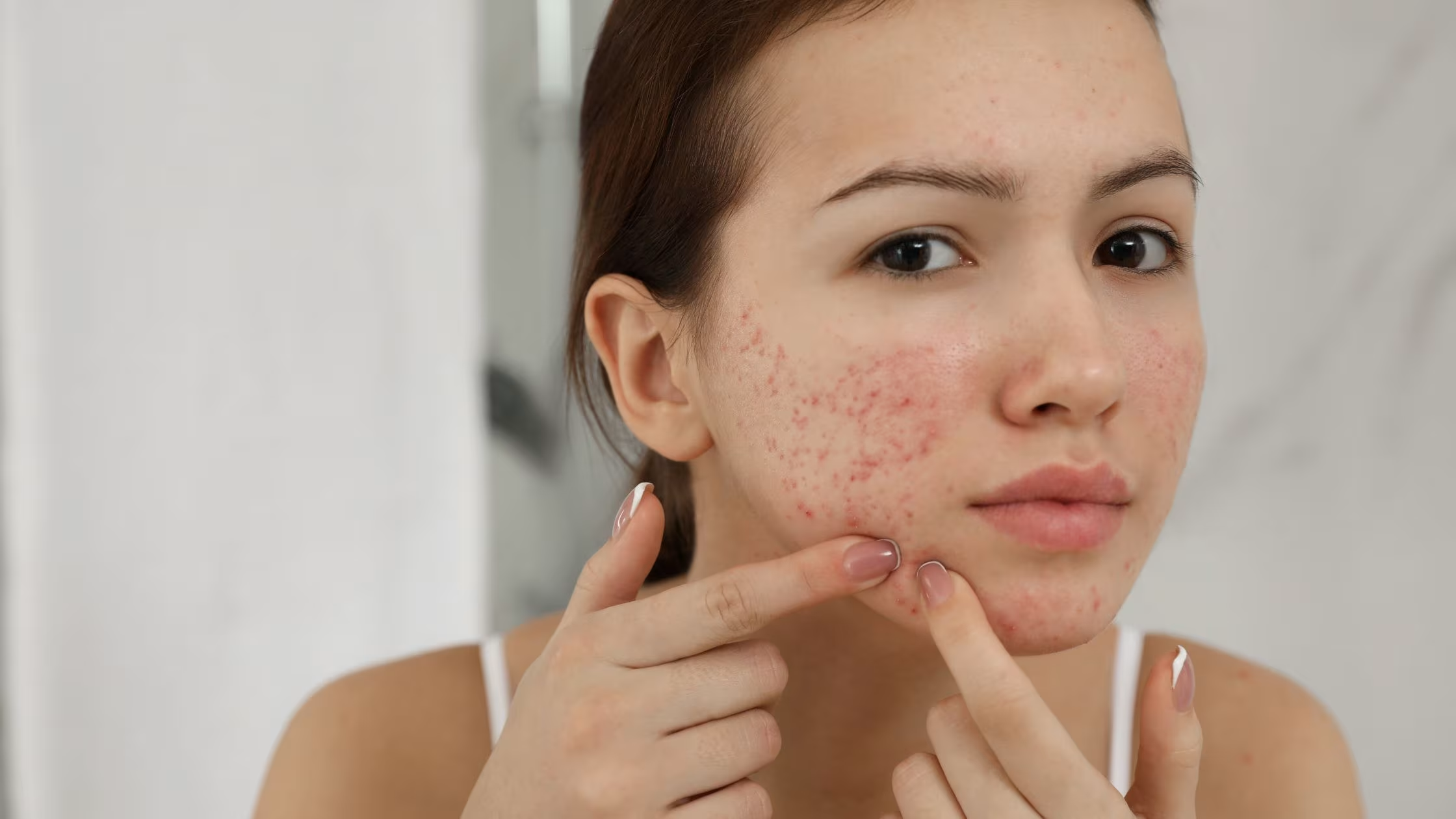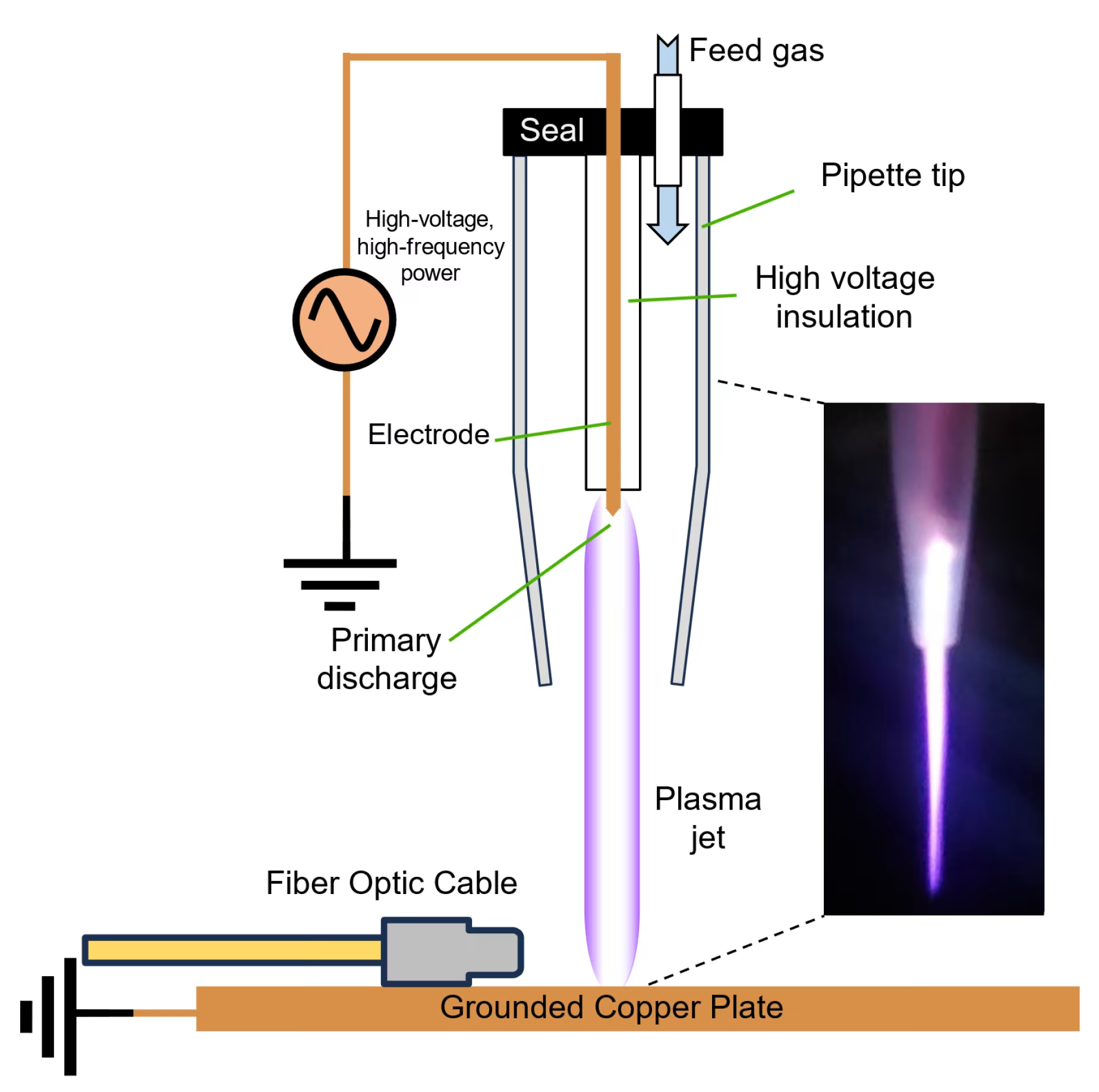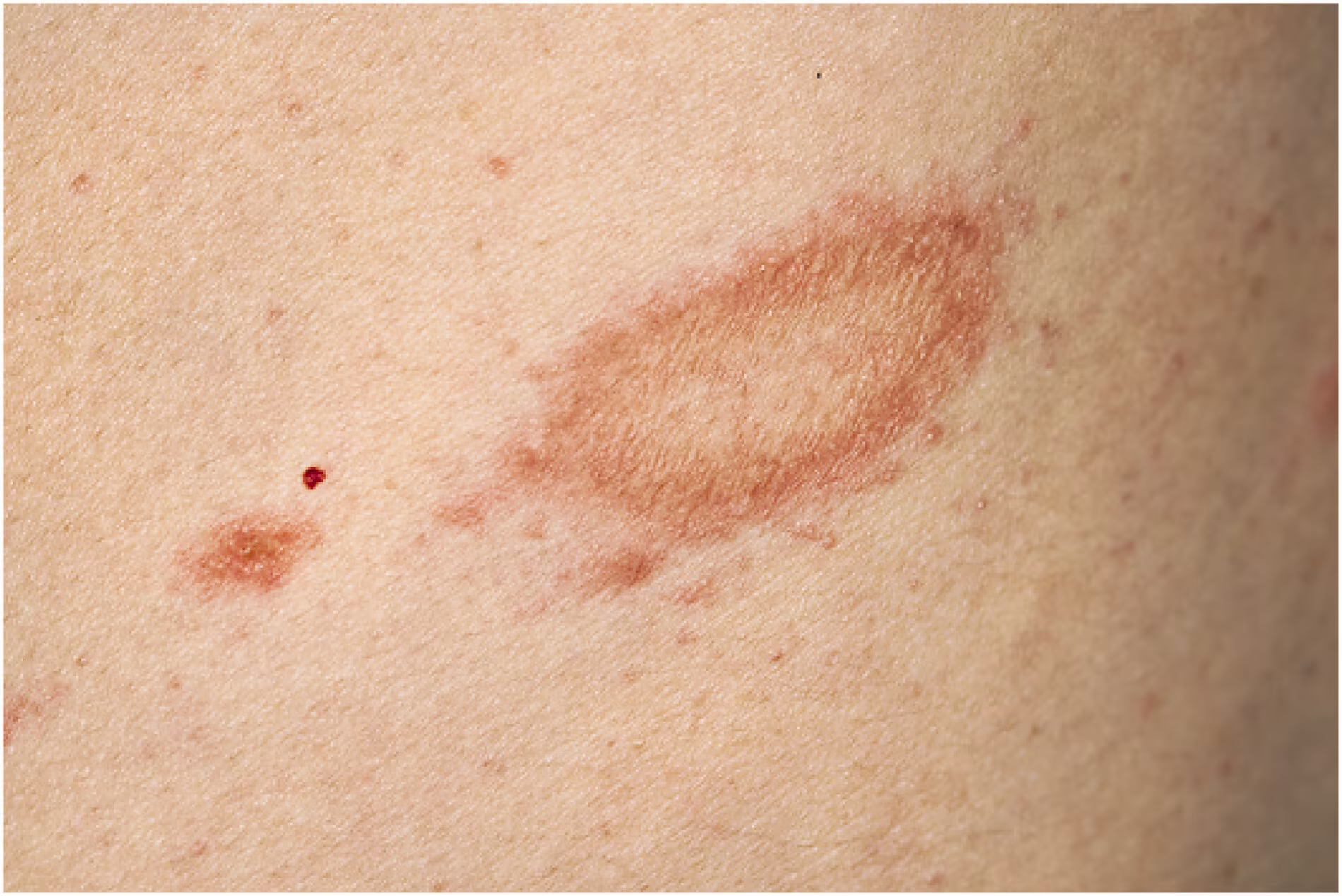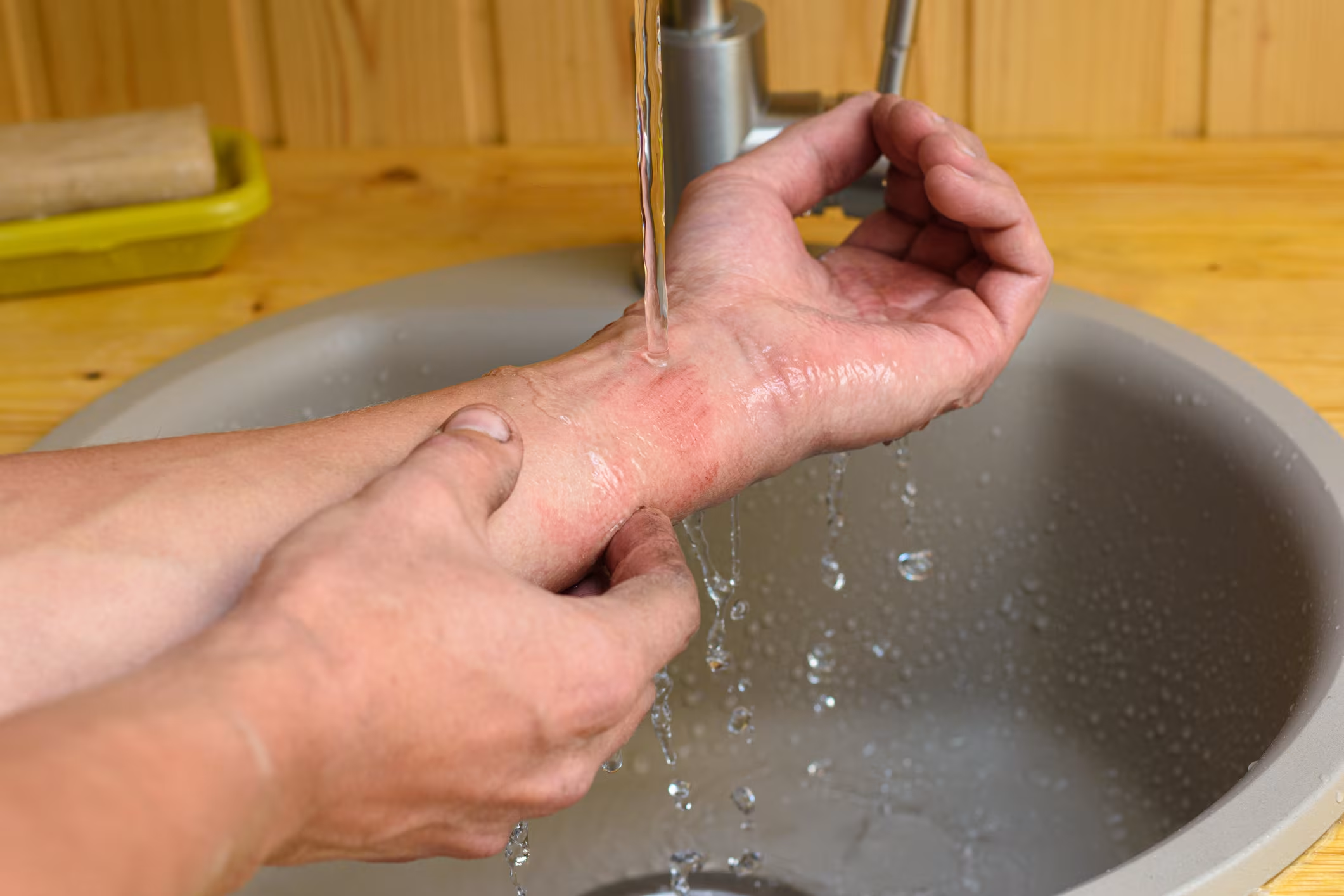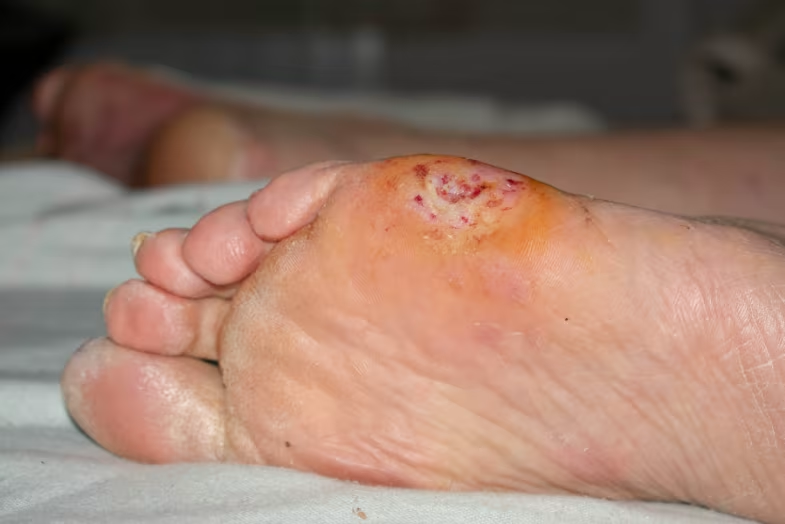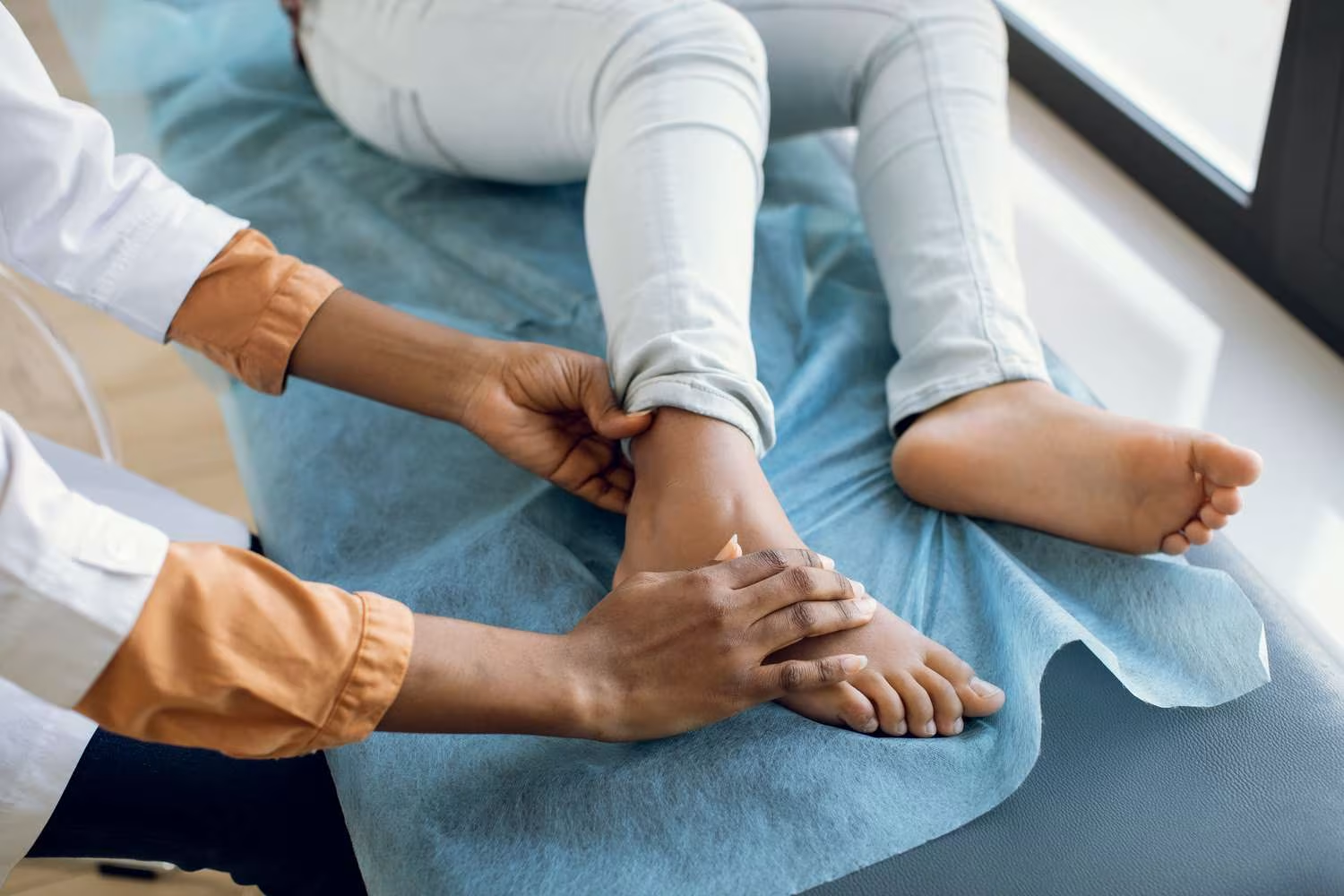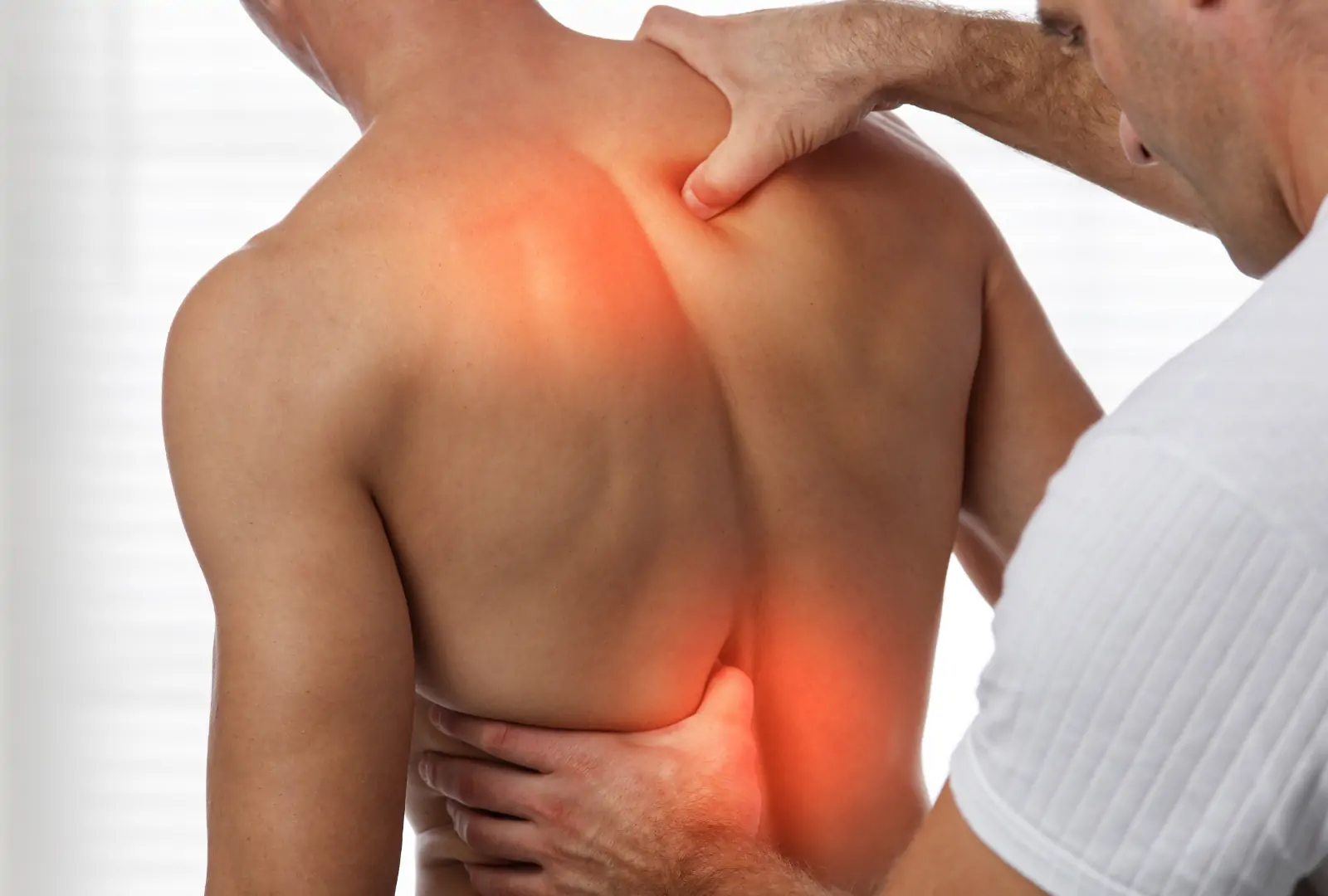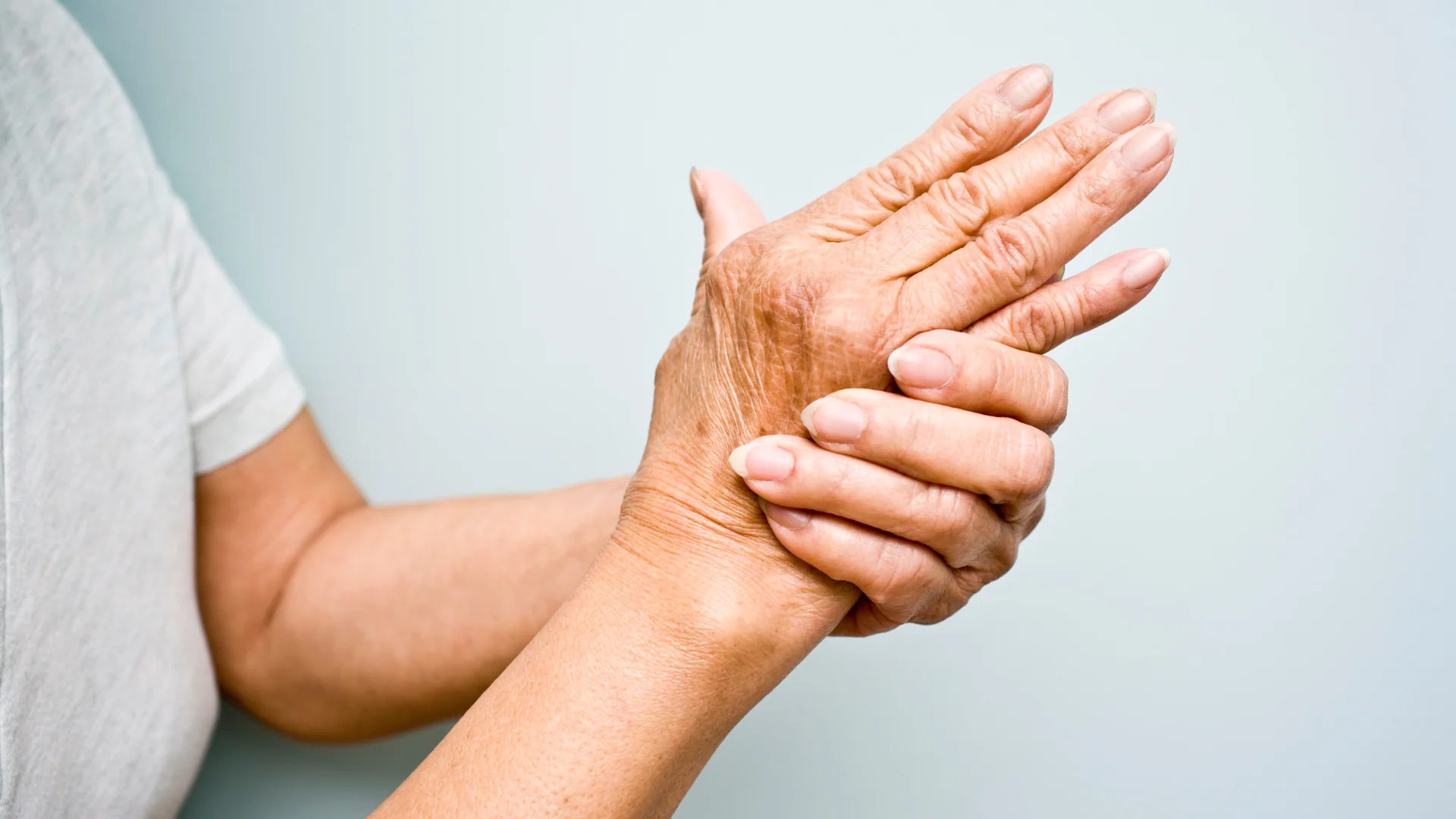You May Be Interested In:
- Is Cold Plasma Good for Wrinkles? Complete Guide to Anti-Aging Benefits and Clinical Evidence
- Cold Plasma for Skin: Revolutionary Non-Invasive Treatment for Skin Rejuvenation and Healing
- Dermatology: Revolutionary Cold Plasma Technology Transforming Skin Care
- Cold Plasma Acne Treatment: Revolutionary Non-Invasive Solution for Clear Skin
Cold plasma for face treatments represents a groundbreaking advancement in aesthetic dermatology, offering patients a safe, non-invasive solution for skin rejuvenation, acne treatment, and anti-aging concerns. This innovative technology harnesses the power of ionized gas at room temperature to stimulate cellular regeneration, eliminate bacteria, and promote collagen production without the risks associated with traditional thermal treatments.
Unlike conventional facial treatments that rely on heat, chemicals, or mechanical abrasion, cold atmospheric plasma operates at body temperature while delivering therapeutic benefits through controlled biochemical reactions. The technology has gained significant recognition from healthcare professionals worldwide due to its versatility in addressing multiple skin concerns simultaneously, from acne and inflammation to fine lines and texture irregularities.
Understanding Cold Plasma Technology for Facial Applications
What is Cold Atmospheric Plasma?
Cold atmospheric plasma (CAP) represents the fourth state of matter, created when energy is applied to gas molecules, causing them to become ionized while maintaining temperatures near body temperature[1]. This unique characteristic makes cold plasma for face treatments particularly valuable for aesthetic applications, as it delivers therapeutic effects without causing thermal damage to delicate facial skin.
The plasma contains a complex mixture of reactive species, including reactive oxygen species (ROS), reactive nitrogen species (RNS), charged particles, electric fields, and UV photons[2]. These components work synergistically to create an environment that promotes cellular repair, bacterial elimination, and tissue regeneration.
Scientific Mechanisms Behind Cold Plasma Facial Treatments
Cold plasma for face applications operates through multiple interconnected pathways that address various skin concerns simultaneously. When applied to facial skin, the reactive species generated by cold plasma interact with cellular components to trigger beneficial responses[3].
Research has demonstrated that cold plasma treatment modifies inflammatory cytokines and growth factors, promoting healing through rapid initiation of regenerative processes. This controlled response is crucial for effective facial rejuvenation without the downtime associated with more aggressive treatments.
Nitric Oxide Production and Cellular Signaling
One of the most significant mechanisms involves the production of nitric oxide (NO), which acts as a key signaling molecule in tissue repair and skin health. Cold plasma treatment triggers NO production, which enhances cell migration and promotes the assembly of endothelial cells into vessel-like structures essential for skin revascularization[4].
The Mirari Cold Plasma System, developed by General Vibronics and commercialized through Mirari Doctor, represents a pioneering application of this technology. Unlike traditional ROS-based systems, the Mirari device utilizes nitric oxide-based cold plasma technology, which provides enhanced safety profiles while maintaining therapeutic efficacy for facial applications[5].
Clinical Benefits of Cold Plasma for Face Treatments
Acne Treatment and Bacterial Control
Cold plasma for face treatments has shown remarkable success in treating acne vulgaris, addressing multiple factors that contribute to this common skin condition. The technology works by destroying acne-causing bacteria (Cutibacterium acnes), reducing inflammation, and regulating sebum production[6].
Clinical studies demonstrate that cold plasma treatment significantly reduces acne lesions compared to untreated areas. The antimicrobial properties of cold plasma help address bacterial colonization while simultaneously promoting tissue regeneration and healing[7].
Anti-Aging and Skin Rejuvenation Effects
The application of cold plasma for face rejuvenation represents a paradigm shift in non-invasive aesthetic treatments. The technology stimulates collagen production by triggering natural healing responses, resulting in firmer, smoother skin with improved texture and elasticity[8].
Cold plasma stimulates the production of collagen and elastin, two proteins responsible for maintaining skin structure and elasticity. As we age, natural production of these proteins decreases, leading to wrinkles, sagging, and loss of skin firmness. Cold plasma therapy helps restore these essential proteins, promoting a more youthful appearance[9].
Enhanced Skin Hydration and Barrier Function
Cold plasma for face treatments significantly improves skin hydration by increasing the skin’s permeability, allowing better absorption of moisture and nutrients from serums and moisturizers. Studies show that cold plasma therapy can enhance hydration levels by up to 24% over a 12-hour period[10].
The treatment also helps restore the skin barrier function, which is essential for maintaining healthy, resilient skin. This improvement in barrier function helps protect against environmental damage and reduces sensitivity to irritants.
Technical Specifications and Treatment Parameters
| Parameter | Specification | Clinical Application |
|---|---|---|
| Operating Temperature | Room temperature (20-25°C) | Eliminates thermal burn risk for facial skin |
| Treatment Duration | 20-60 minutes per session | Customizable based on treatment area and concerns |
| Frequency Range | Device-dependent (typically kHz range) | Optimized for facial tissue penetration |
| Session Frequency | 2-4 weeks intervals | Maintains skin health and continued improvement |
| Recovery Time | None to minimal | Immediate return to normal activities |
| Suitable Skin Types | All skin types and tones | Safe for sensitive and darker skin tones |
Clinical Applications and Treatment Outcomes
| Skin Concern | Treatment Protocol | Expected Outcomes | Timeline for Results |
|---|---|---|---|
| Acne Vulgaris | 2-3 sessions/week for 4-6 weeks | Significant lesion reduction, improved skin clarity | Visible improvement within 1-2 weeks |
| Fine Lines and Wrinkles | Weekly sessions for 8-12 weeks | Enhanced collagen production, reduced line depth | Results apparent after 4 weeks |
| Skin Texture Irregularities | Bi-weekly sessions for 6-8 weeks | Smoother skin texture, improved tone | Progressive improvement over treatment course |
| Hyperpigmentation | Weekly sessions for 6-10 weeks | Fading of dark spots, more even skin tone | Noticeable changes after 3-4 sessions |
| Rosacea and Inflammation | As needed, ongoing maintenance | Reduced redness, calmed inflammation | Immediate soothing effects, long-term improvement |
| General Rejuvenation | Monthly maintenance sessions | Overall skin health improvement, radiance | Cumulative benefits with regular treatments |
Advanced Cold Plasma Devices for Facial Treatments
Mirari Cold Plasma System Technology
The Mirari Cold Plasma System represents a significant advancement in facial treatment technology, offering healthcare providers and patients a portable, user-friendly device that delivers consistent therapeutic outcomes. The device’s unique approach to NO generation provides enhanced safety profiles while maintaining therapeutic efficacy for facial applications[5].
The Mirari system has received FDA clearance and regulatory approval in multiple countries, including Thailand and Vietnam, marking significant milestones in its validation for medical and aesthetic use[11]. Healthcare professionals using the Mirari system report improved patient outcomes and reduced treatment times compared to conventional facial therapies.
Safety Features and Patient Comfort
The Mirari Cold Plasma device incorporates advanced safety features including temperature monitoring, automatic shutoff mechanisms, and precise energy delivery controls. These features ensure that cold plasma for face treatments can be applied safely across various clinical and aesthetic settings[12].
The device’s portability and ease of use make it particularly valuable for dermatology clinics and aesthetic practices. The non-invasive nature of the treatment means patients can return to their normal activities immediately following a session, making it an attractive option for busy individuals seeking effective facial rejuvenation.
Safety Considerations and Side Effects
Common Side Effects and Management
Cold plasma for face treatments generally have an excellent safety profile with minimal reported side effects. The most common reactions include temporary mild redness or slight skin sensitivity at the treatment site, which typically resolves within hours[13].
Clinical studies involving facial treatments show that skin irritation occurs in a small percentage of treatments but typically resolves quickly. The non-thermal nature of cold plasma significantly reduces safety concerns compared to traditional thermal therapies used in facial rejuvenation[14].
Contraindications and Precautions
While cold plasma for face treatments is generally safe for most individuals, certain precautions should be observed. Patients with active skin infections in the treatment area may require preliminary antimicrobial therapy before cold plasma application. Additionally, individuals with certain medical devices or specific medical conditions should be evaluated carefully before treatment initiation[15].
Pregnant patients and those with compromised immune systems may require specialized treatment protocols or alternative therapeutic approaches. Healthcare providers should always consult current clinical guidelines when treating these populations.
Comparing Cold Plasma to Traditional Facial Treatments
Advantages Over Conventional Aesthetic Procedures
Cold plasma for face treatments offers several distinct advantages over traditional facial rejuvenation approaches. The technology’s ability to simultaneously address multiple aspects of skin health—including bacterial control, inflammation reduction, and cellular stimulation—sets it apart from single-mechanism treatments[16].
Unlike laser treatments that may cause thermal damage or chemical peels that can result in significant downtime, cold plasma provides therapeutic benefits without disrupting the skin barrier. This characteristic makes it particularly valuable for patients with sensitive skin or those seeking treatments with minimal recovery time.
Cost-Effectiveness and Treatment Efficiency
Clinical observations suggest that cold plasma therapy may reduce overall treatment costs by providing comprehensive skin improvement with fewer sessions than traditional multi-step facial protocols. Patients often experience faster results with fewer complications, leading to improved satisfaction and reduced need for additional interventions[17].
The versatility of cold plasma technology eliminates the need for multiple devices or treatments to address different skin concerns, making it a cost-effective solution for both practitioners and patients seeking comprehensive facial rejuvenation.
Future Developments and Research
Emerging Applications in Aesthetic Medicine
Research into cold plasma for face applications continues to expand, with new protocols being explored for various aesthetic and medical dermatology applications. Current investigations include optimized treatment parameters for specific skin types and conditions, with the goal of maximizing therapeutic benefits while minimizing treatment times[18].
Scientists are working to develop combination therapies that integrate cold plasma with other aesthetic treatments, such as microneedling, LED therapy, and advanced skincare formulations. These synergistic approaches could further enhance facial rejuvenation outcomes for challenging cases.
Integration with Personalized Skincare
Future developments may include personalized treatment protocols based on individual skin analysis and genetic factors. The Mirari Doctor platform at miraridoctor.com continues to support research and development efforts, providing healthcare professionals with access to cutting-edge cold plasma technology and clinical support resources[19].
Patient-Focused Frequently Asked Questions
How long does it take to see results from cold plasma facial treatments?
Most patients begin to notice improvements in skin texture and clarity within the first few treatment sessions, typically within 1-2 weeks of initiating therapy. However, the timeline for optimal results varies depending on the specific skin concerns being addressed and individual healing responses. For acne treatment, patients often see reduction in active lesions within the first week, while anti-aging benefits such as improved skin firmness and reduced fine lines become more apparent after 4-6 weeks of consistent treatment. The cumulative effects of cold plasma therapy mean that results continue to improve with each session, with many patients achieving their desired outcomes within 8-12 weeks of regular treatments.
Is cold plasma safe for all skin types and tones?
Yes, cold plasma for face treatments is considered safe for all skin types and tones, including sensitive and darker skin. Unlike laser treatments that can cause pigmentation changes in darker skin tones, cold plasma operates at room temperature and does not rely on light-based energy that can be absorbed differently by various skin pigments. The technology has been successfully used on patients with Fitzpatrick skin types I through VI without adverse pigmentation effects. However, as with any aesthetic treatment, a thorough consultation and patch test may be recommended for patients with particularly sensitive skin or a history of adverse reactions to skincare treatments.
Can cold plasma treatments be combined with other facial procedures?
Cold plasma for face treatments can often be safely combined with other non-invasive aesthetic procedures, though the specific combination should always be determined by a qualified healthcare provider. Many practitioners successfully integrate cold plasma with treatments such as hydrating facials, gentle chemical peels, or LED light therapy. The anti-inflammatory properties of cold plasma can actually enhance the tolerance and results of other treatments by reducing irritation and promoting healing. However, it’s generally recommended to avoid combining cold plasma with aggressive treatments like deep chemical peels or ablative laser procedures on the same day. Your provider will create a customized treatment plan that maximizes benefits while ensuring safety.
What should I expect during and after a cold plasma facial treatment?
During a cold plasma facial treatment, most patients experience minimal to no discomfort. The treatment typically feels like a gentle tingling sensation or mild warmth on the skin. Sessions usually last between 20-60 minutes depending on the treatment area and specific concerns being addressed. The device is moved systematically across the treatment area, with the practitioner adjusting settings based on your skin’s response. After treatment, you may notice slight redness similar to a mild sunburn, which typically resolves within a few hours. Most patients can immediately return to their normal activities, including applying makeup if desired. Your skin may feel slightly tight or dry initially, so gentle moisturizing is recommended following treatment.
How often should cold plasma facial treatments be performed?
The frequency of cold plasma for face treatments depends on your specific skin concerns and treatment goals. For acne management, treatments are often performed 2-3 times per week initially, then reduced to weekly or bi-weekly sessions as improvement occurs. For anti-aging and general skin rejuvenation, most patients benefit from weekly treatments for the first 8-12 weeks, followed by monthly maintenance sessions. For ongoing skin health and prevention, many patients choose to have treatments every 3-4 months. Your healthcare provider will assess your skin’s response and adjust the treatment schedule accordingly. It’s important to note that cold plasma therapy provides cumulative benefits, so consistency with the recommended treatment schedule is key to achieving optimal results.
Medical Disclaimer:This information is for educational purposes only and should not replace professional medical advice. Always consult with qualified healthcare providers before starting any new aesthetic treatment. Individual responses to cold plasma therapy may vary, and treatment decisions should be based on comprehensive skin evaluation and professional judgment.
References
- Dr Kate Aesthetics. (2024). What is Cold Plasma Treatment? Aesthetics \& Skin Care.//drkateaesthetics.co.uk/what-is-cold-plasma-treatment/
- Magnolia Skin Therapy. (2024). The Benefits of Cold Plasma Therapy.//magnoliaskintherapy.com/cold-plasma/
- Rewind Laser Treatment. Cold Plasma Facial.//www.rewindlasertreatment.com/facial-treatments/cold-plasma-ozone-facial/
- Mirari Doctor. (2024). Cold Plasma Treatment Side Effects: What You Need to Know./cold-plasma-treatment-side-effects/
- Mirari Doctor. (2024). Cold Plasma for Face: A Revolutionary Skin Rejuvenation./cold-plasma-for-face/
- Laser Light Skin Clinic. (2024). What Are The Benefits Of Cold Plasma Anti-Aging Treatment.//laserlightskinclinic.co.uk/2024/07/11/what-are-the-benefits-of-cold-plasma-anti-aging-treatment/
- Atlanta Liposuction. (2025). Cold Plasma: How It Stimulates Collagen Production.//www.atlantaliposuction.com/blog/cold-plasma-how-it-stimulates-collagen-production/
- Brazilian Butt Lift. (2025). J-Plasma Safety: Risks and Benefits for Skin Treatments.//www.brazilianbuttlift.com/blog/j-plasma-safety-risks-and-benefits-for-skin-treatments/
- Dr Kate Aesthetics. (2025). Cold Plasma Treatment.//drkateaesthetics.co.uk/treatments/cold-plasma-treatment/
- Sugar Pod Skin Clinic. Cold Plasma.//www.sugarpodskinclinic.com/cold-plasma
- Mirari Doctor. (2025). Handheld Cold Plasma Technology./product/
- LinkedIn – Mirari Doctor. (2024). Safety Profile of Mirari Cold Plasma Technology.//www.linkedin.com/posts/miraridoctor_mirari-doctor-the-secret-to-cell-rejuvenation-activity-7188952545640222720-cwk6
- Vietnam Medical Journal. (2023). Investigating Adverse Effects of Cold Plasma in Treating Burns.//tapchiyhocvietnam.vn/index.php/vmj/article/view/5055
- Nature. (2021). In vivo study of the effects of a portable cold plasma device.//www.nature.com/articles/s41598-021-01341-z
- PMC. (2020). Long-Term Risk Assessment for Medical Application of Cold Atmospheric Plasma.//pmc.ncbi.nlm.nih.gov/articles/PMC7235715/
- Saluja Laser. (2025). Cold Atmospheric Plasma (CAP) Facials for Acne and More.//www.salujalaser.com/post/cold-atmospheric-plasma-cap-facials-for-acne-and-more
- Mirari Doctor. (2025). Revolutionary Cold Plasma Technology Transforming Skin./dermatology/
- PopSugar. (2023). Cold Plasma in Skin Care: Everything to Know.//www.popsugar.com/beauty/cold-plasma-skin-care-49321089
- Macau Business. Mirari Doctor Introduces Revolutionary Cold Plasma Technology for Skin Rejuvenation and Wound Healing.//www.macaubusiness.com/mirari-doctor-introduces-revolutionary-cold-plasma-technology-for-skin-rejuvenation-and-wound-healing/
Related articles
Made in USA


